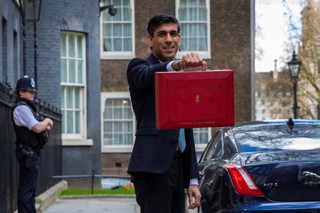Alastair Kendrick, company car tax specialist
I have seen a number of articles about the budget announcements concerning electric vehicles. There is clearly misunderstanding about first year allowance and how this works in practice.
This in reality is just a timing advantage and has no real overall tax benefit. I am not knocking the announcement, because the timing advantage is worth taking and therefore it’s a proposal we should very much welcome.
So how it works in practice is if the vehicle qualifies for first year allowance then in the year of purchase of the vehicle you get 100% relief for the cost in the tax computation of the business.
However, when/if the vehicle is sold, because you had 100% relief at the date of purchase, you are required to introduce the amount it is sold for in the form of a balancing charge into the tax computation of the business (so you pay tax on the sale proceeds). Therefore, over the life of the ownership of the vehicle you only get relief for the depreciation suffered on the vehicle.
In other situations, a business will only get relief at a rate of either an annual allowance of 6% or 18% of the cost of the vehicle depending on the CO2 emissions of the vehicle.
The business will bring assets into a ‘pool’ so in practice, depending on the particular pool the vehicle is within, it will take a considerable number of years for the relief to be obtained.
Regardless of the way in which you obtain your capital allowances over time, you will gain the same amount of relief, but clearly there is a significant timing advantage when first year allowance can be claimed.
So, it is not a case of getting 100% of the cost in tax relief regardless of what is obtained in part exchange/disposal of the vehicle.
I very much welcome the relief, but want no misunderstanding over the tax relief businesses are expected to receive.



















Login to comment
Comments
No comments have been made yet.